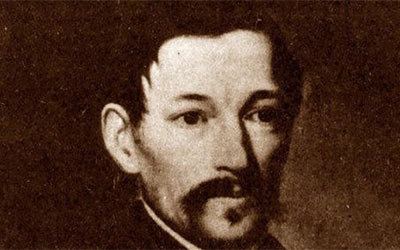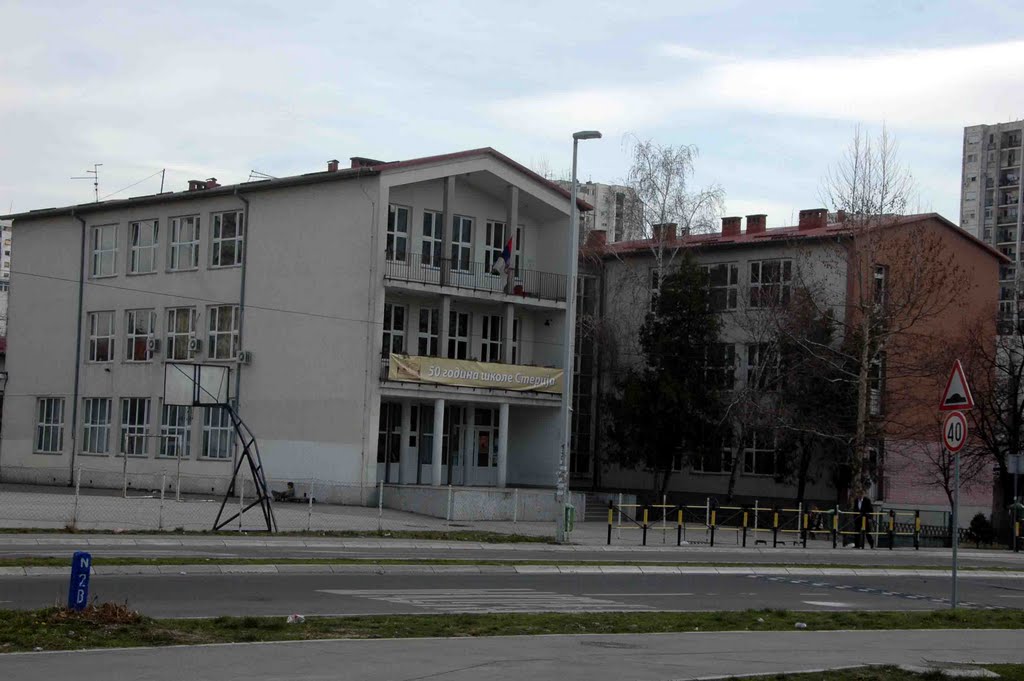
Miroslava 'Mira' Stupica ( Serbian Cyrillic: n&233 e Todorovi 17 August 1923 19 August 2016) was a Serbian actress best known for her work in the theater, but also had extensive career on television and in films. Godine.U okviru njega funkcioniu umjetnike jedinice: opera, balet i drama, a predstave se odigravaju na Velikoj sceni i Sceni Raa Plaovi.The name Vršac is of Serbian origin, ultimately deriving from Proto-Slavic *vьrxъ, meaning "summit". Godine, a u sadanju zgradu, na mjestu tadanje Stambol kapije, uselilo se 1869. Narodno pozorite u Beogradu se nalazi na Trgu republike, na uglu Vasine i Francuske ulice, u centru grada.Osnovano je 1868.
Tvrdica Kir Janja Jovan Sterija Popovi analiza. Lik tvrdice u komediji Kir Janja Jovana Sterije Popovia. Tvrdica Molijer Cela Knjiga Rapidshare by gengsfulerta Issuu. Projekat Rastko Jovan Sterija Popovic Kir Janja.
It belonged to the Dacian kingdoms of Burebista and Decebalus, and then to the Roman Empire from 102-271 AD. Later, the region was inhabited by Getae and Dacians. From the Bronze Age, there are traces of the Vatin culture and Vršac culture, while from the Iron Age, there are traces of the Hallstatt culture and La Tène culture (which is largely associated with the Celts).The Agathyrsi (people of mixed Scythian- Thracian origin) are the first people known to have lived in this region. Remains from two types of Neolithic cultures have been discovered in the area: an older one, known as the Starčevo culture, and a more recent one, known as the Vinča culture. Pohaao je gimnaziju u Sremskim Karlovcima, u Temivaru i u Peti.There are traces of human settlement from the Palaeolithic and Neolithic periods. Odrastao je u trgovakoj porodici, otac mu je bio gr, a majka Srpkinja.
When duke Ahtum was defeated by the Kingdom of Hungary, the region was included in the latter state.Information about the early history of the town is scant. The Slavs from the region were Christianized during the rule of the duke Ahtum in the 11th century. Later, the region belonged to the Empire of the Huns, the Gepid and Avar kingdoms, and the Bulgarian Empire.The Slavs settled in this region in the 6th century, and the Slavic tribe known as the Abodrites (Bodriči) was recorded as living in the area.
The Hungarian 12th century chronicle known as Gesta Hungarorum mention the castle of Vrscia in Banat, which belonged to Romanian duke Glad in the 9th century. The name of the town appears for the first time in 1427 in the form Podvršan. There are several theories that its first name was Vers, Verbeč, Veršet or Vegenje, but these theories are not confirmed. The original name of the town is unknown.


Eventually, the uprising was crushed and most of the Serbs from the region escaped to Transylvania fearing the Ottoman retaliation. Furthermore, the Sinan-paša also burned the mortal remains of Saint Sava in Belgrade, as a revenge to the Serbs. The Sinan-paša that lead the Ottoman army ordered that green flag of Muhammad should be brought from Damascus to confront this flag with image of Saint Sava. The size of this uprising is illustrated by the verse from one Serbian national song: "Sva se butum zemlja pobunila, Šest stotina podiglo se sela, Svak na cara pušku podigao!" ("The whole land has rebelled, a six hundred villages arose, everybody pointed his gun against the emperor").The Serb rebels bore flags with the image of Saint Sava, thus the rebellion had a character of a holy war.
In this time, Vršac was mostly populated by Serbs, and in the beginning of the Habsburg rule, its population numbered 75 houses. The Banat uprising was one of the three largest uprisings in Serbian history and the largest before the First Serbian Uprising led by Karađorđe.In 1716, Vršac passed from Ottoman to Habsburg control, and the Muslim population fled the town. The Serb population came back, but the amnesty did not apply to the leader of the rebellion, Bishop Teodor Nestorović, who was flayed as a punishment.
The name of the first Serbian knez in Vršac in 1717 was Jovan Crni. Serbian Vršac was governed by a knez, and German Werschetz was governed by a schultheis (mayor). They founded a new settlement known as Werschetz, which was located near the old (Serbian) Vršac.

During the Axis occupation (1941–1944), Vršac was part of autonomous Banat region within the area governed by the Military Administration in Serbia. According to the 1921 census, speakers of German language were most numerous in the town, while the 1931 census recorded 13,425 speakers of Yugoslav languages and 11,926 speakers of German language. On the other side, the Diocese of Vršac numbered 260.000 Romanians in 1847.From 1918, the town was part of the newly formed Kingdom of Serbs, Croats and Slovenes (later renamed Yugoslavia). In 1910, the population of the town numbered 27,370 inhabitants, of whom 13,556 spoke German language, 8,602 spoke Serbian, 3,890 spoke Hungarian and 879 spoke Romanian.
Those who remained in Vršac were sent to local communist prison camps, where some of them died from disease and malnutrition. In 1944, one part of Vršac citizens of German ethnicity left from the city, together with defeated German army. Letters were sent to German men requesting their "voluntary service" or they would face court martial.
The settlements with a Romanian ethnic majority are: Vojvodinci, Jablanka, Kuštilj, Mali Žam, Malo Središte, Markovac, Mesić, Ritiševo, Sočica, and Straža. Inhabited places Map of local communities in urban Vršac Historical population YearAccording to the 2011 census, the total population of the city of Vršac was 52,026 inhabitants.Within the city, the settlements with a Serb ethnic majority are: Vršac (the city itself), Vatin, Veliko Središte, Vlajkovac, Vršački Ritovi, Gudurica, Zagajica, Izbište, Pavliš, Parta, Potporanj, and Uljma. Vršac was granted city status in February 2016. Homes that had been in their families for decades were simply taken over by the Serbs. After prison camps were dissolved (in 1948) and Yugoslav citizenship was returned to the Germans, the remaining German population left Yugoslavia due to being forced out by the Russians. Since 1944 when it was liberated by the Red Army's 46th Army, the town was part of the new Socialist Yugoslavia.
In 2005, Romania opened a consulate in Vršac. The cultural organization and folklore group "Luceafarul" hold many cultural events in Vršac and nearby Romanian-populated villages. Romanian-language instruction takes place in some kindergartens, elementary schools, high schools and one teachers' university. The city's Romanian minority has a Romanian-language theater, schools and a museum. Some notable Serb cultural-artistic societies in Vršac are "Laza Nančić", "Penzioner" and "Grozd".


 0 kommentar(er)
0 kommentar(er)
